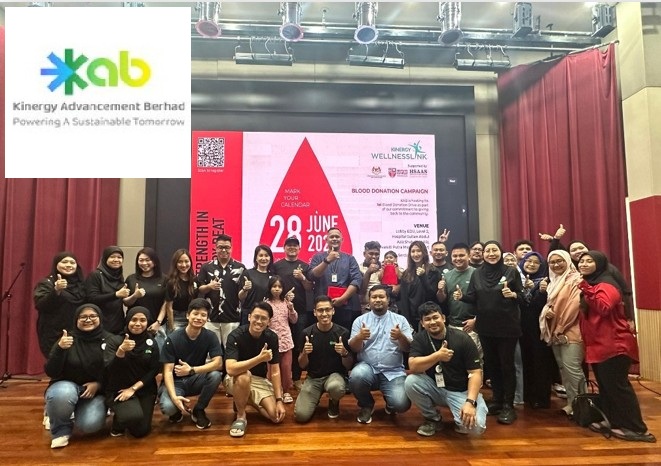By Brendan Paget
THE rapid pace of change in the business environment due to digital transformation is giving rise to a new reality for enterprises.
Instead of relying heavily on long-term strategic planning and execution, the key to business growth today lies in an organisation’s ability to pivot quickly.
This calls for organisations to configure their business for change without necessarily knowing what the change will be.
Enterprises are increasingly adopting cloud as a deployment choice, with an eye on a hybrid or multi-cloud future.
Since a single environment is unlikely to support the business to adapt to changing customer and market needs at scale quickly, 45% of organisations polled for the 2019 Red Hat Global Customer Tech Outlook say they are using at least two cloud platforms.
In addition, 65% of them plan to use two or more within the next one to two years.
By having a variety of infrastructure options (i.e. on-premises, public cloud or private cloud), hybrid cloud can offer the necessary support to any application to help ensure that they respond consistently regardless of where they reside.
Despite the importance of being able to address changes flexibly, organisations cannot afford to sacrifice the existing capabilities that are necessary for their business operations while in pursuit of becoming more agile.
A hybrid cloud, therefore, needs to not only be secure and cost-effective but also responsive to changes today and in the future.
Similar to how a building is only as strong as its foundation, the effectiveness of a hybrid cloud depends on its underlying platform: the operating system.
As such, organisations looking to maximise the potential of their hybrid cloud should ensure that their hybrid cloud is built on an open platform that offers them the following capabilities:
Control over their IT infrastructure
Although adopting new technologies can help address new business needs, the move might also cause organisations to be faced with a complex IT environment and increased IT operational workloads.
With more time and effort needed to manage their IT security and compliance, IT teams will have less time to focus on delivering business value.
To overcome this issue, enterprises should ensure that their hybrid cloud is running on an operating system that is more secure and able to deliver resources with integrated control features such as centralised identity management.
It should support automated regulatory compliance and security configuration remediation across systems and within containers too.
As the consistent foundation for hybrid cloud, the platform also needs to provide built-in manageability and integration tools to ease IT management across various environments.
For instance, it should allow IT teams to control individual systems from an easy-to-use web interface for ongoing management of storage, networking, containers, services and more.
Besides that, it could offer automated patch management as well as identification and remediation of anomalies to prevent technical issues before they impact business operations.
Confidence to operate
Digital transformation is well underway in the Asia-Pacific. A survey reveals that 42% of IT decision makers in the region are looking to upgrade their IT infrastructure to support digital transformation initiatives.
With business operations becoming increasingly digital, it is crucial for organisations to ensure the resiliency and uptime of their critical workloads, or risk suffering revenue losses and negatively impacting their customer experience.
Case in point: Organisations in the Asia-Pacific have lost a total of US$51 mil (RM212.09 mil) in the last year due to connectivity downtime, according to another study.
To minimise the likelihood of unplanned downtime impacting revenue-generating operations, organisations need their hybrid cloud to run on a proven, reliable and high-performance foundation.
The foundation should therefore provide up to 99.999% uptime with advanced hardware and cloud reliability, availability and serviceability.
In addition, it should be able to run workloads that demand more bandwidth and storage than traditional applications, so as to effectively support modern business applications.
Freedom to innovate
To gain business agility, enterprises need a hybrid cloud powered by an operating system that provides a consistent foundation for innovation. It should offer the latest stable tools for the development, deployment and maintenance of applications.
Organisations that are armed with such a platform will be empowered to design and build applications based on business needs, independent of the underlying hardware or cloud architectures.
Moreover, the flexibility and reliability of the platform can also help resolve the tension between development agility and production stability for modern, cloud-native enterprise applications.
Powering the cloud with open source
Since an effective hybrid cloud is one that can support the needs of the business today and in the future, it is crucial for it to be built on a future-ready platform/operating system.
Organisations in the Asia-Pacific recognise this need, with 52% of them planning to adopt more enterprise open source solutions over the next 12 months, according to The State of Enterprise Open Source: A Red Hat Report 2019.
Also, 48% of the respondents shared that they intend to use enterprise open source tools to manage their cloud better.
Scalability and agility
One organisation that has benefited by using open source solutions to build its hybrid cloud is DBS Bank. The Singapore bank gained scalability and agility by using Red Hat Enterprise Linux and other Red Hat solutions to integrate its legacy infrastructure onto a unified cloud platform.
With this next-generation architecture, the company is now able to develop new solutions and services as well as enhance its apps with additional features, at a faster pace.
As the business environment evolves at a rapid pace, organisations that want to remain competitive will need to rely on a hybrid cloud that can support their existing infrastructure while enabling them to innovate at speed.
This therefore calls for a modern and open operating system that provides a secure and consistent foundation across hybrid cloud deployments and the tools they need to deliver services and workloads faster with less effort – for any application on any footprint at any time.
Brendan Paget is director of portfolio management in the APAC office of technology, Red Hat









